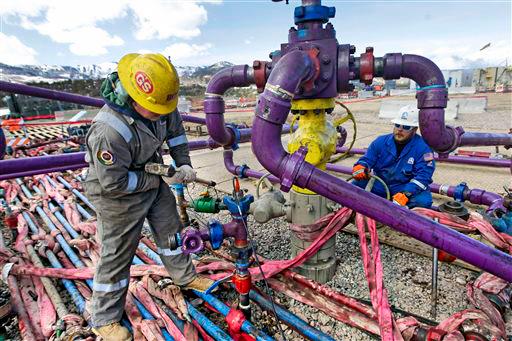U.S. oil production is set to rise above $80 a barrel, with the surge in prices seeing a boost in output by shale producers.
Benchmark U.S. crude futures prices have jumped more than $5 a barrel since the end of December.

U.S. oil production is set to rise above $80 a barrel, with the surge in prices seeing a boost in output by shale producers.
Benchmark U.S. crude futures prices have jumped more than $5 a barrel since the end of December.